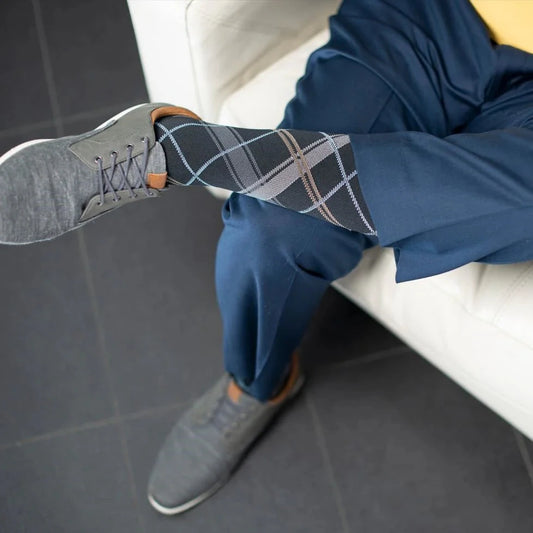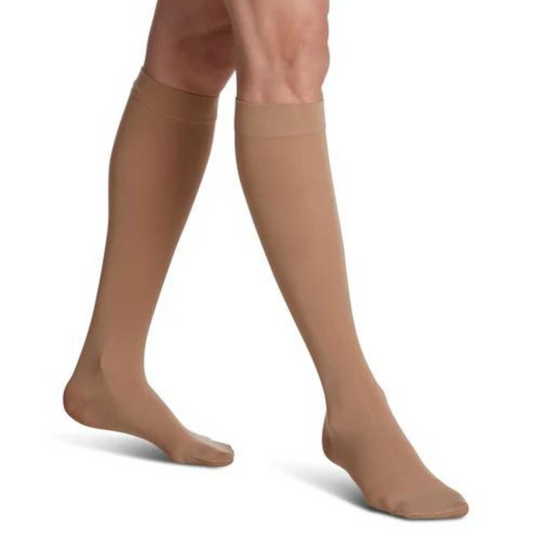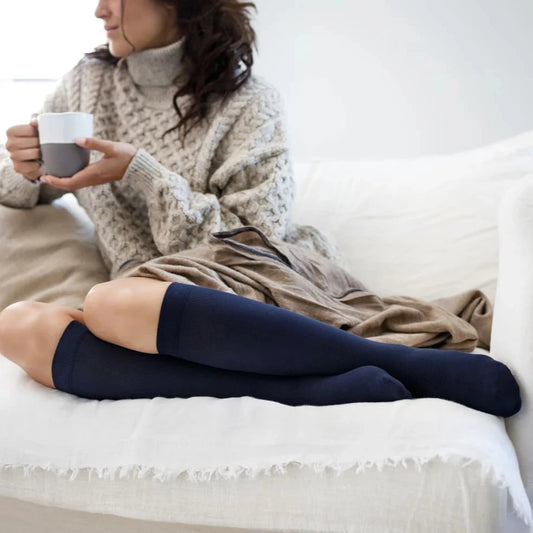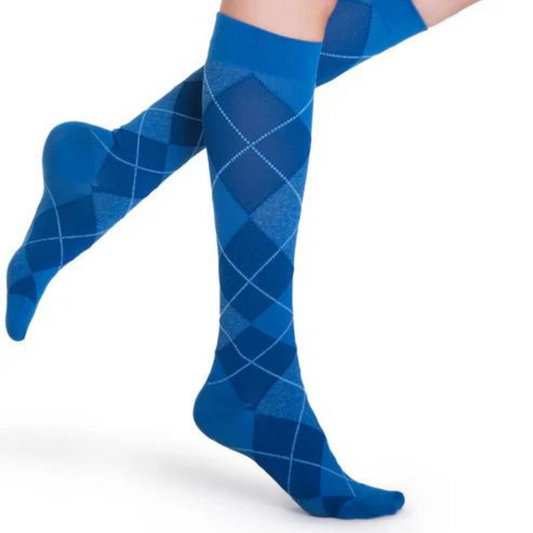What are varicose veins?
Varicose veins are enlarged, bulging surface veins—most commonly in the legs—caused by faulty valves that let blood pool. They often appear blue or purple and may twist or bulge above the skin.
Are varicose veins dangerous, or just cosmetic?
For some people, varicose veins are mainly a cosmetic issue. But they can also cause:
-
Aching, heaviness, swelling, or night cramps
-
Itching or restless legs
-
Skin changes around the ankle (pigmentation, eczema, hardening of the skin)
-
Ulcers or bleeding if untreated
If you notice sudden pain, swelling, redness, or a sore that won’t heal, it’s important to see a doctor promptly.
What’s the difference between varicose veins and spider veins?
-
Spider veins: Tiny red/blue vessels close to the skin surface, often cosmetic.
-
Varicose veins: Larger, bulging veins that can cause symptoms or complications.
What causes varicose veins?
Common risk factors include:
-
Family history (genetics)
-
Pregnancy
-
Ageing
-
Hormonal changes
-
Standing or sitting for long periods
-
Obesity
At the root is valve “reflux” in the veins, which raises pressure in the legs.
Do varicose veins go away on their own?
No (except occasionally after pregnancy). Once the vein valves are faulty, the vein won’t repair itself.
Do compression stockings really help?
Yes, stockings can relieve symptoms such as aching, swelling, or heaviness. But they don’t fix the faulty vein valves—so the underlying varicose veins remain.
Can exercise make varicose veins better or worse?
Exercise doesn’t worsen varicose veins. In fact, walking, swimming, cycling, and calf raises improve circulation and can ease symptoms.
What are the best treatments available today?
At Lasers in Medicine, our treatments are minimally invasive, walk-in/walk-out:
-
Endovenous ablation (laser or radiofrequency): Closes refluxing veins from inside using heat.
-
Ultrasound-guided foam sclerotherapy: A medicated foam is injected to seal the vein.
Most patients resume normal activity quickly with minimal downtime.
How do we decide the right treatment?
The key step is a duplex ultrasound scan—an in-depth vascular ultrasound that maps your vein system. This shows where the reflux starts and guides your personalised treatment plan.
When should you see a vein specialist?
You should book a consultation if you have:
-
Painful or throbbing varicose veins
-
Skin changes (pigmentation, eczema, hardening around the ankle)
-
Vein bleeding (urgent)
-
Superficial clot (phlebitis)
-
A leg ulcer (active or healed)
Do veins come back after treatment?
Once treated, those veins don’t reopen. But new varicose veins can form over time, as venous disease can progress. Follow-up scans and occasional top-up treatments may be needed.
What about “vein creams” or home remedies?
Creams won’t fix faulty valves. Lifestyle changes—like moving regularly, elevating your legs, and wearing compression—can help with symptoms, but definitive treatment usually involves closing or removing refluxing veins.
Take-home message
Varicose veins are common, and treatment today is safe, effective, and minimally invasive. If your veins are painful, unsightly, or causing skin changes, a consultation and duplex ultrasound are the best first step.
At Lasers in Medicine, our team can assess your leg veins and guide you through the right treatment options.
Call us on 08 8227 1297 to book a consultation.






